June 25, 12015
We drove into Rocky Mountain National Park, one of America’s most popular and famous parks, during the peak of summer during the 100 year anniversary. Last year Rocky Mountain National Park had over 3, 440, 000 visitors, and I’m sure that this year has been even busier, so naturally, the campgrounds were packed, but a Ranger let us know that there should still be sites available at Timber Creek Campground. We headed up and up and up, mile after mile, along Trail Ridge Road, reaching 12, 183 feet above sea level at the highest point.
At the first major overlook we stopped for we got an incredible view of a little river of snow-melt snaking along the grassy valley floor between the stony slopes. The tranquility of the scene in front of us was tarnished by a commotion of chipmunks and nutcrackers boisterously stuffing their faces with handouts from visitors. Processed crackers and candy were clearly a staple of the tame little critter’s diets. This chipmunk came literally within inches of me.
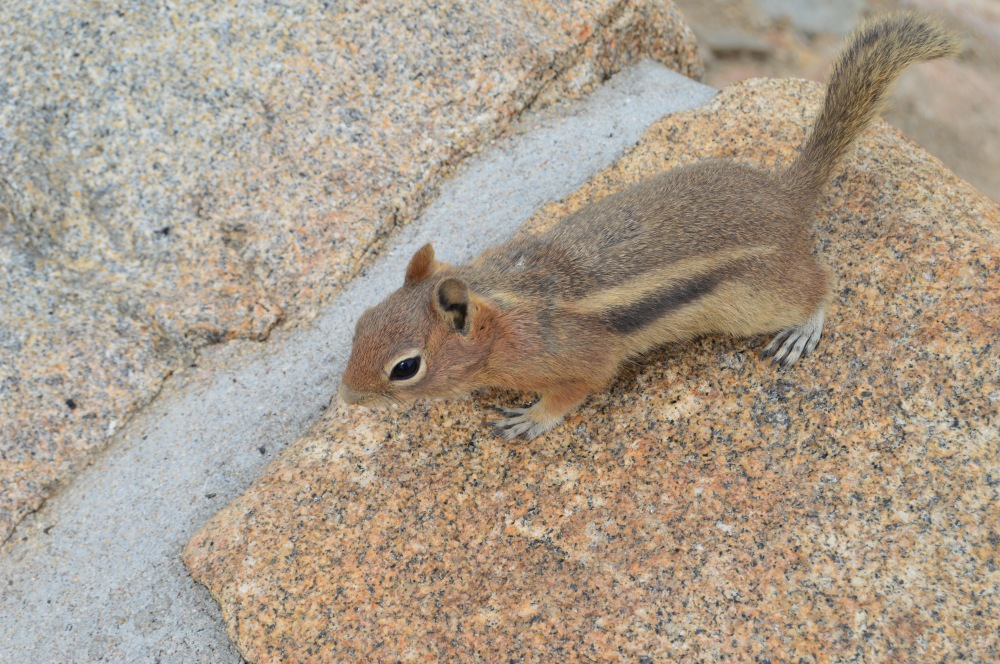
The map and newspaper that every visitor is handed at the park entrance, and the signs at every overlook are all very clear about feeding wildlife: Don’t do it. Restraining yourself from feeding wildlife is a foundation of outdoor ethics. A fed bear is a dead bear, because it becomes likely to approach and attack people for their food, and then, sadly through no fault of the bear and every fault of the people who fed it, the Rangers are forced to kill or attempt to relocate them. But what can be the harm in feeding a little chipmunk? Right? Everyone does it, probably because everyone else is doing it… and, admittedly, the chipmunks are so cute. Doesn’t the itty bitty chippy appreciate a little help? The truth is that chipmunks who are used to regularly being fed human food don’t forage for the seeds and nuts they would normally find in the natural environment, so they start to lose that vital skill.
Generation after generation of picnic area chipmunks have had abundant handouts. When animals have abundant food, more babies are born, and more young survive. The population booms. The young learn more about how to get food from humans than they do about how to get food on their own. And who can blame them for doing what’s easiest? We can only blame ourselves for creating the problem of their tame behavior. But what’s the problem with tame behavior? People in parks are only temporary visitors, we aren’t a stable source of food and the dangers of the wild (predators and food shortages) are still part of the chipmunks’ daily lives. If they’re coming to stand on a rock wall looking for food, they are way more likely to be snatched and eaten by a hawk than if they had stayed in the tall grass and foraged for seeds. With more chipmunks around to eat, the populations of predators can also increase. After people leave, if there are more chipmunks than the local environment can feed, the hungry rodents are in fierce competition for the remaining seeds and nuts.
Out of desperation, they’ll eat away at the plant life more than they normally would, decimating the plant populations. As food becomes more scarce, the chipmunks become more prone to disease, which can spread rapidly from chipmunk to chipmunk, causing many to die. These diseases, like rabies and plague, can be transmitted to people too. Even after the population of chipmunks dies back, there is a ripple effect as the inflated population of predators experiences a food shortage, and the depleted plant population is able to support fewer animals. The whole ecosystem is effected by the seemingly harmless act of feeding a chipmunk. For places like National Parks, where maintaining the natural ecosystem is a central part of the mission, it really is not ethical to feed any wild animal, not even the chipmunks. But, in my experience and that of many exasperated Rangers, visitors to National Parks often either have a casual disregard for or aren’t aware of outdoor ethics.
See how reproachful this Clark’s nutcracker looks? Actually, he was enjoying the human handouts as well. When animals posture they usually are not using the same body language as humans. For instance, to show we’re happy, we smile, raising our lips and baring our teeth. But a dog making the same gesture of curled lips and exposed teeth is not displaying friendliness, they’re showing aggression. This is a simple example with a familiar species, whose body language we understand well. There are many species whose communication is more of a mystery to us. Though a bison may be standing still, appearing peaceful to us, they are probably doing their best to communicate: “Go away! I’m bigger than you. Don’t come any closer! I can crush you whenever I want to.” This is why taking a bison selfie in Yellowstone National Park is a terrible idea! Getting feet away from an animal that can weigh more than 2000 lbs and can charge at 30 mph is dangerous and extremely disrespectful of the bison’s personal space and agency. A National Park is not a theme park full of tame characters. It is a wild place with wildlife that deserves our respectful distance, so that they can continue their daily business of surviving without being pointlessly disturbed.
Up on the alpine tundra, we observed these elk (Cervus elaphus) from a distance, which allowed them to continue grazing in peace. But, of course, several bad tourists were already walking out onto the fragile slopes for the sake of snapping better pictures with their phones. Approaching wildlife is bad enough, but these tourists were disrespecting the natural community in another way that is unique to this high elevation. The plants here struggle to grow in a landscape that is covered in snow for 8 months out of the year. With such a short growing season, plants are tiny, low to the ground, with flowers smaller than dimes that often take more than 2 years to blossom. Footsteps, carelessly placed, can destroy years of growth in an instant. At every overlook there are signs reminding people to stay on paved trails to avoid harming the alpine plants whose deep roots hold the alpine soil on the mountain slopes, despite the intense winds.
For the purpose of helping visitors identify and learn more about the wildflowers in the park, particularly the specialized alpine species, the Rocky Mountain National Park website has useful webpages for different colors of wildflowers you can check out here.
The wildflowers on the alpine tundra are truly stunning. Not only are their colors gorgeous, like these alpine forget-me-nots (Eritrichum aretioides), but their adaptions for life way up here are exquisite. This is a very harsh environment. At the peak of summer, Morgan and I were both wearing pants and sweaters and constantly applying lip balm to keep our lips from drying out. The plants’ most obvious adaptation is their height. All the plants above the treeline are low to the ground, which protects them from the cold, dry wind. I don’t think I saw any that were taller than 6 inches. If you look closer, you’ll also notice that many of the plants are covered in tiny hairs, like on the leaves of this chiming bells (Mertensia viridis).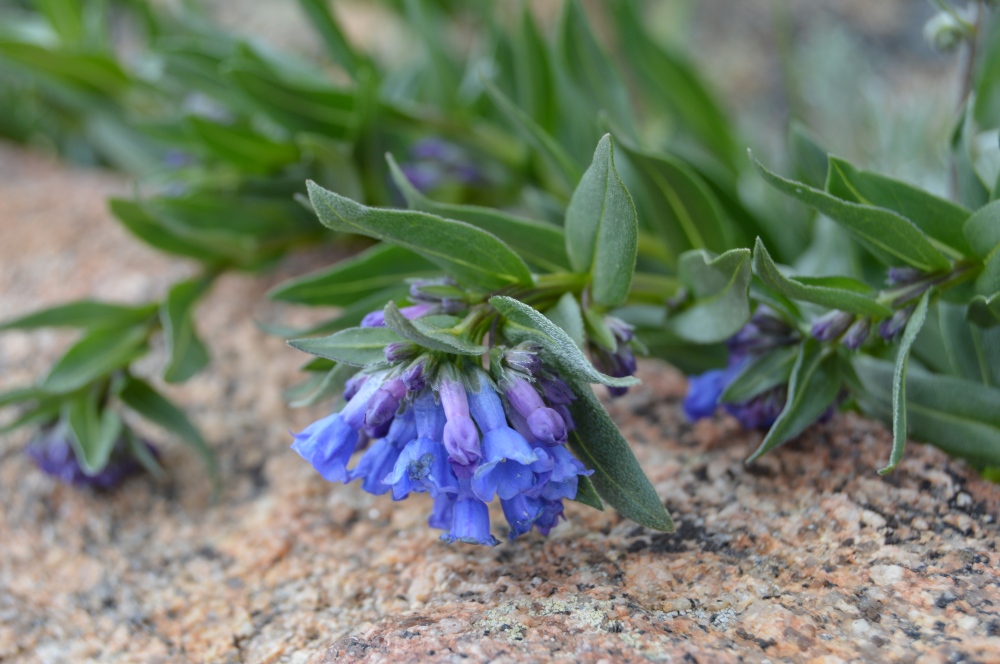
These hairs help keep the plant warm, just like fur on a marmot. Another survival benefit conferred by the hairs is that they shield the plant from the intense ultraviolet radiation from the sun, which is 2 times more powerful up in these mountains than it is at sea level. The hairy or waxy leaves and stems also hold in moisture. Examining these plants more closely than our eyes can see by analyzing them chemically reveals that many of them have special biochemical adaptations as well.
For instance, the yellow flower in the picture above is alpine avens (Geum rossii), which contains high levels of phenols, a type of chemical which acts as a preservative. Pika (Ochotona princeps), a small, pudgy rodent that lives in the tundra and stays active underground in the winter, feeding on large stores of dried grass harvested in the summer, also collects alpine avens to protect its food stores from mold and rot! Surprisingly clever for a rodent. Other plants on the tundra contain anthocyanins, which allow them to efficiently undergo photosynthesis even at cold temperatures. These chemicals, recent studies show, can have anti-carcinogenic, anti-inflammatory, and antioxidant properties. What other fascinating chemical properties are hiding in the plants of the alpine tundra? Who knows, except maybe the pika, with its chemically sensitive nose and instinctive, avens-gathering wisdom.
We weren’t lucky enough to see a pika as we drove along Trail Ridge Road, but we did see another high elevation rodent, the yellow-bellied marmot (Marmota flaviventris) at the Forest Canyon Overlook. Unlike pikas, marmots hibernate in the winter. They fatten up, eating and sleeping as much as they can in the summer, before they come together in a communal hibernation burrow in September. Over the winter their metabolism slows dramatically. If you felt for a hibernating marmot’s pulse, you wouldn’t be able to find it because their heart only beats once a minute. They also breathe once every 3-6 minutes, and their body temperature drops to about 36 degrees Fahrenheit. Marmots really sleep like they’re dead.
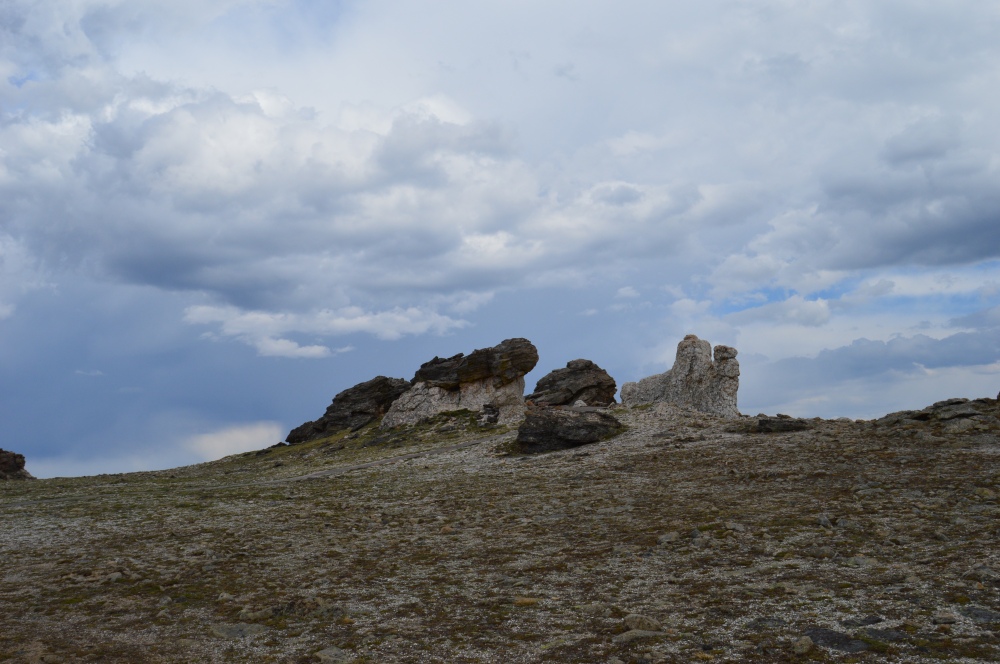
Farther along the road we stopped at the Tundra Communities Trail. Although this trail is short and paved, the altitude and the cold make this little walk surprisingly difficult. At the end of the trail a stony outcrop exceeds 12,000 feet of elevation, the highest elevation I’ve ever hiked at.
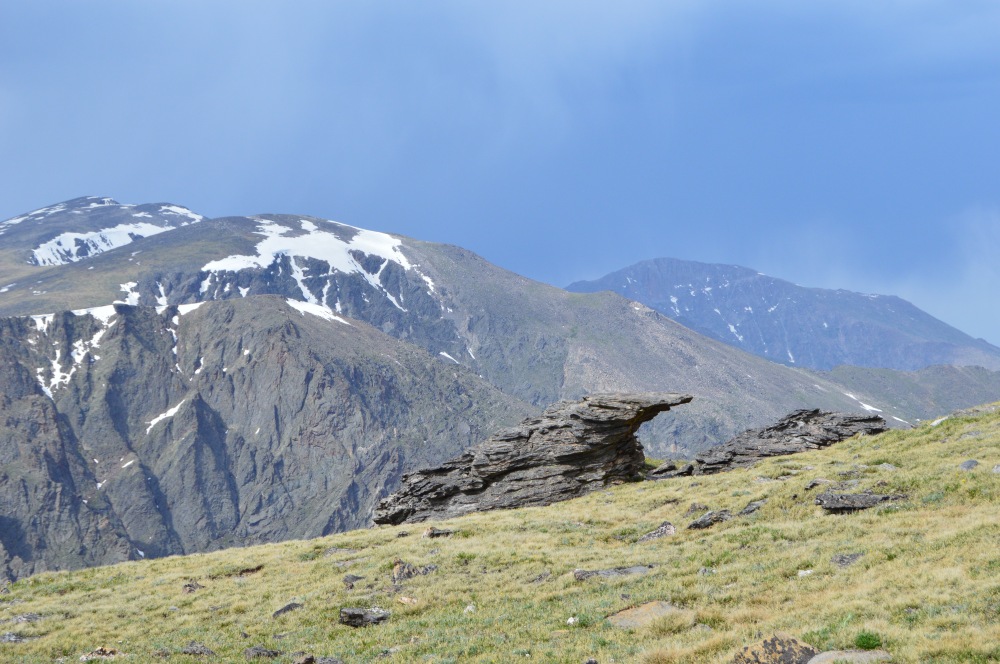
These stone formations are referred to as tors by geologists. The ancient granite juts out of the sloping plains of the tundra in spectacular shapes that were carved by periglacial processes. The prefix peri- means about or around. The grinding force of a glacier would have destroyed these natural sculptures, but eons of water, ice and wind chipping away created abstract shapes that still endure on the slopes.
We descended from the mountains, skipping the famous and crowded Alpine Visitor Center in favor of getting to the campground with enough time to spare for an evening walk after set up and cooking. Plus, since Timber Creek is a first come, first serve campground, we figured it would be best to get there as soon as we could. We wound down switchbacks through subalpine and montane ecosystems and found Timber Creek Campground, which shockingly had no trees, but still had plenty of sites available, despite the park’s centennial year highlighted in a special section of the park newspaper (excerpt below).
In 1915, Congress listened to inspired citizens and set aside this unique land for everyone to enjoy, even people 100, 200, 500 years in the future. But Congress in 2015 does not seem to share the same vision of conservation; they have not yet voted to reauthorize the Land & Water Conservation Fund, which gives revenue from drilling fees to support public lands, such as the National Parks. If Congress does not vote to continue this fund, it will expire on September 30, a few days from now, and many public lands will lose a large chunk of their funding, making it even harder to preserve these national treasures for our enjoyment.
If you believe, as I do, that we must continue to invest in our public land, please let your Members of Congress know and show your support here now! I wonder how many of the people in the busy visitor center we stopped at knew that the National Parks were threatened with loosing so much of their funding. If this issue is even on the mainstream news, I haven’t seen it. But the popularity of the National Parks, which individually have millions of visitors each year, should be a testament to the importance of these places.
Check out more pictures from this adventure on the Oakleigh Explorations Rocky Mountain Album on Facebook.
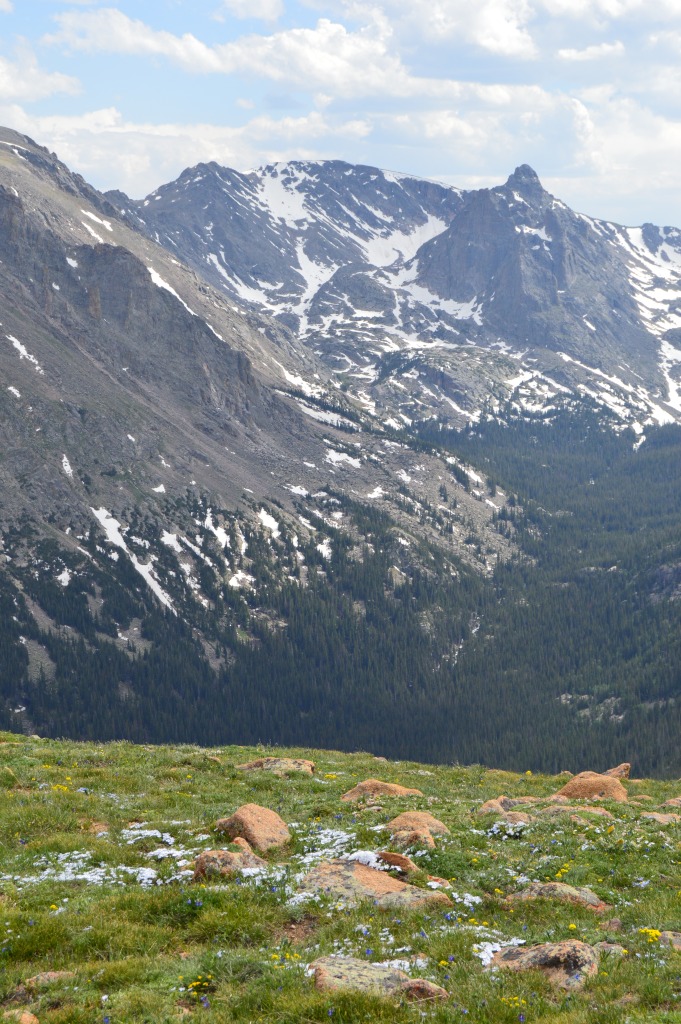
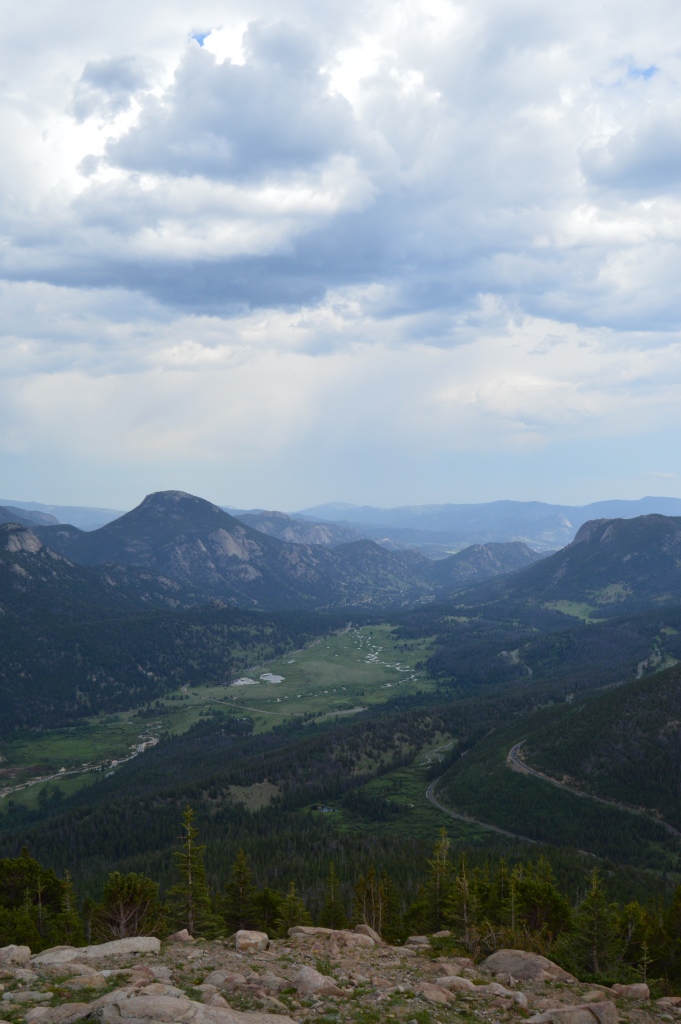
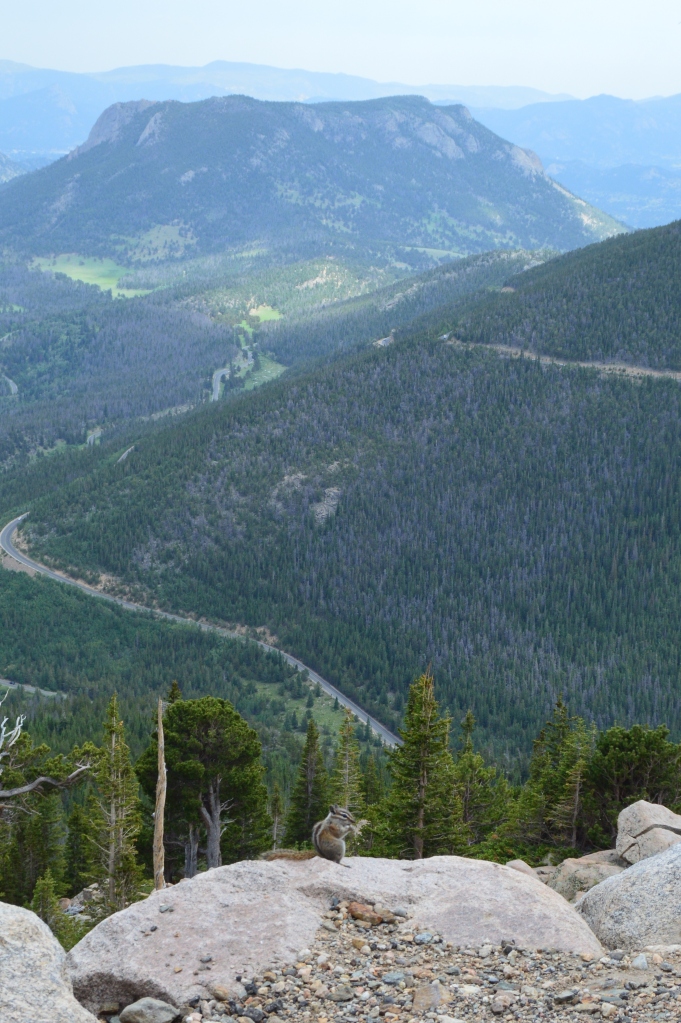
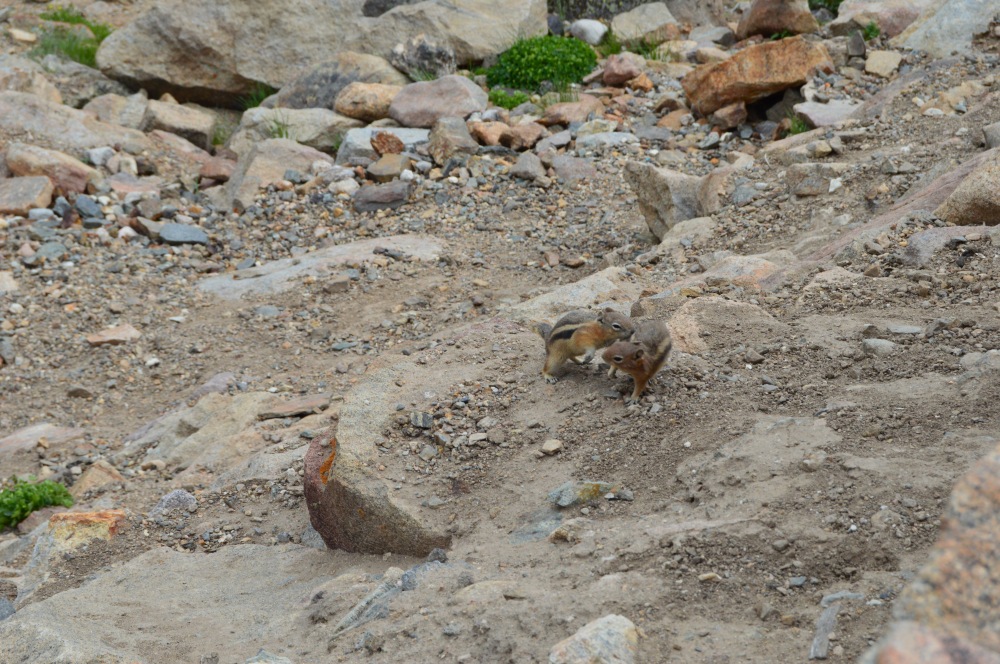
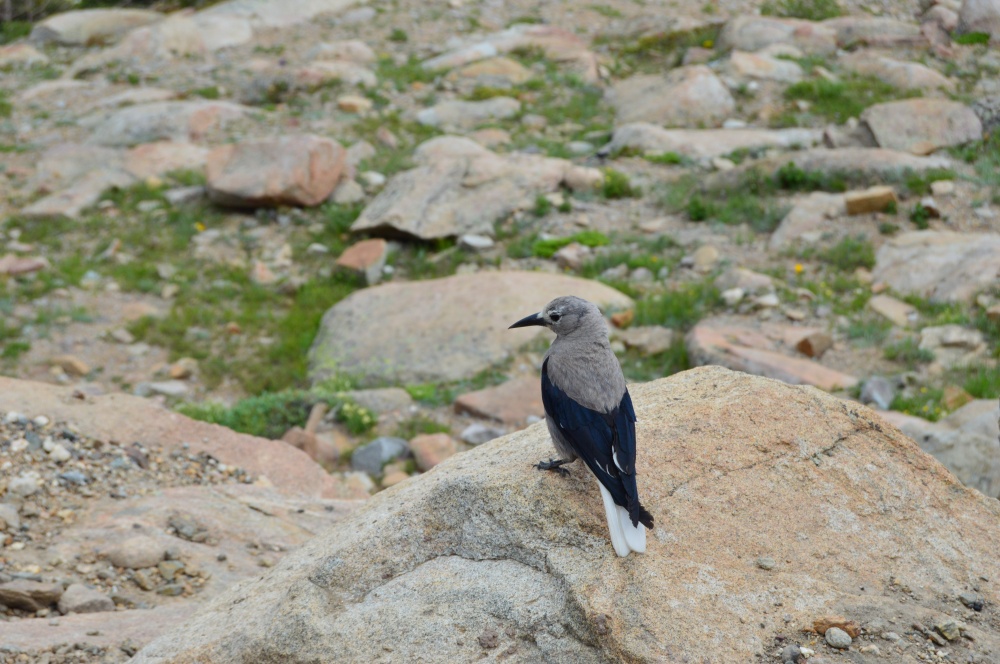
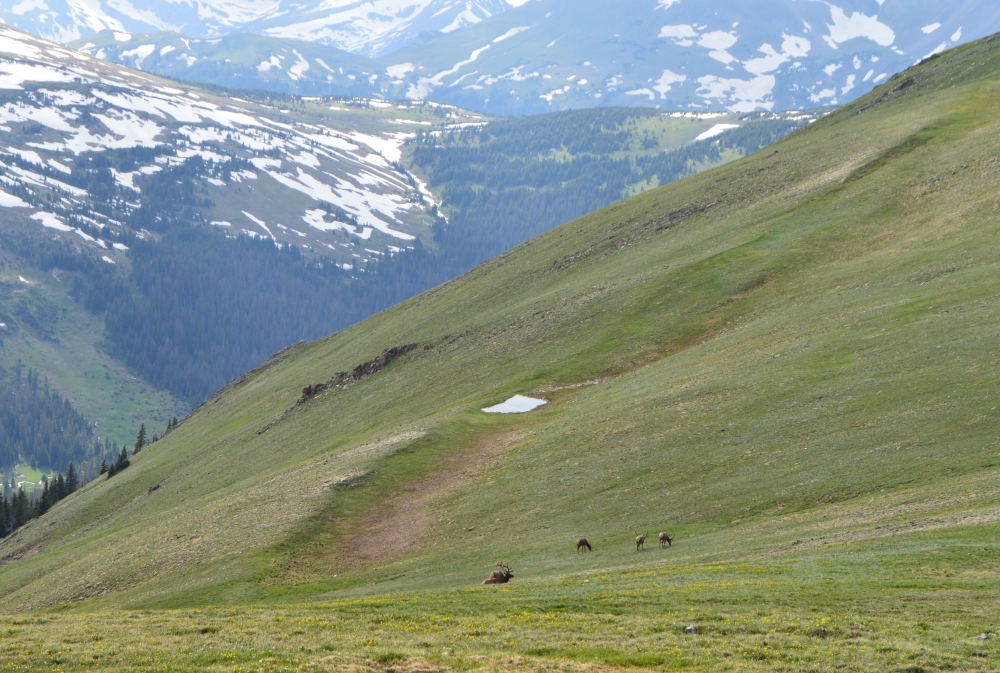
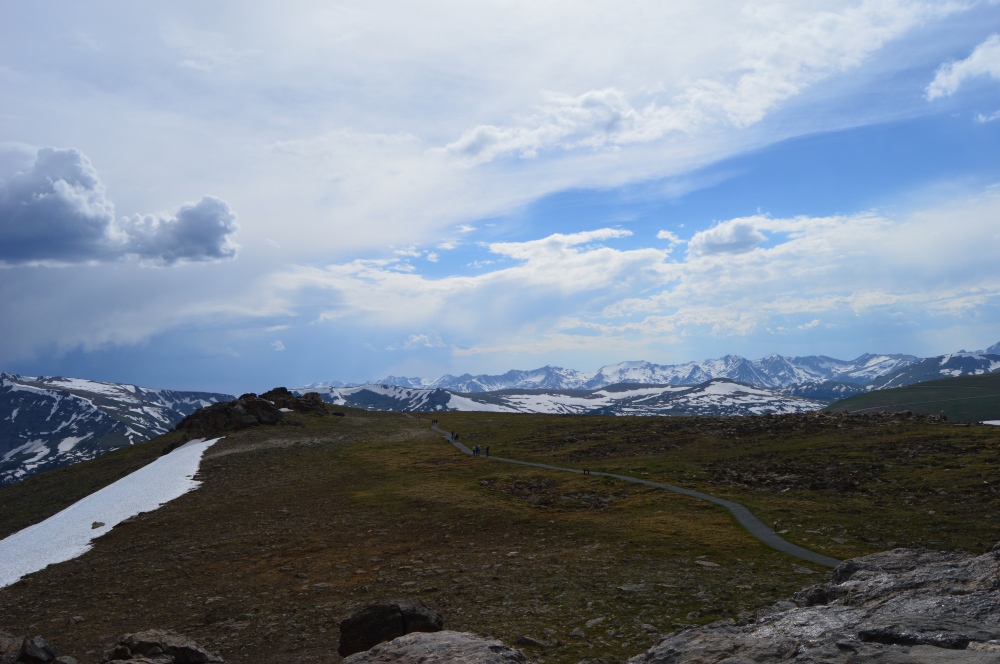
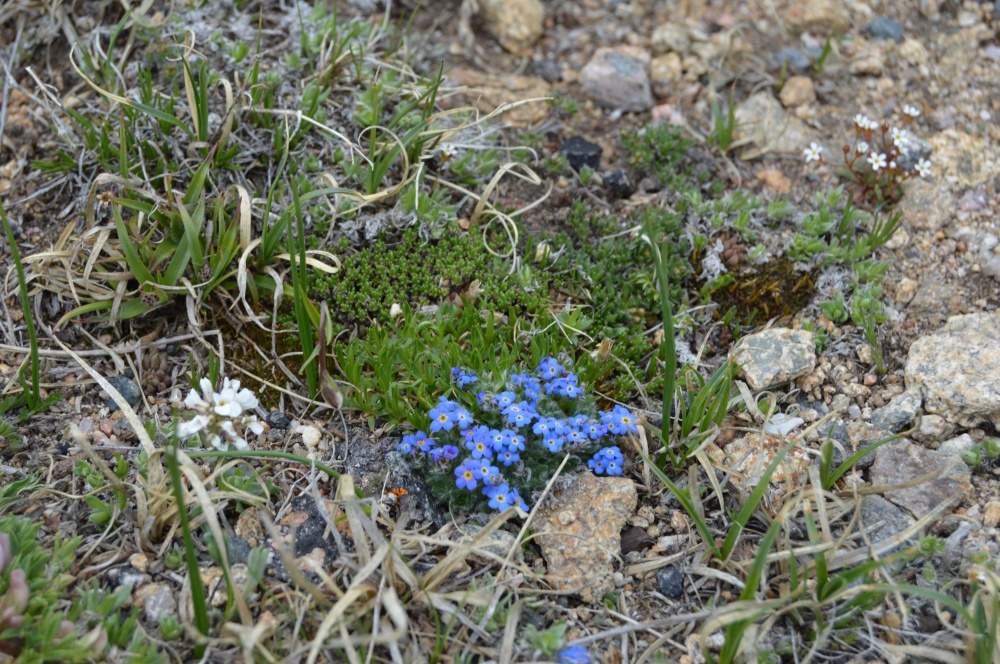
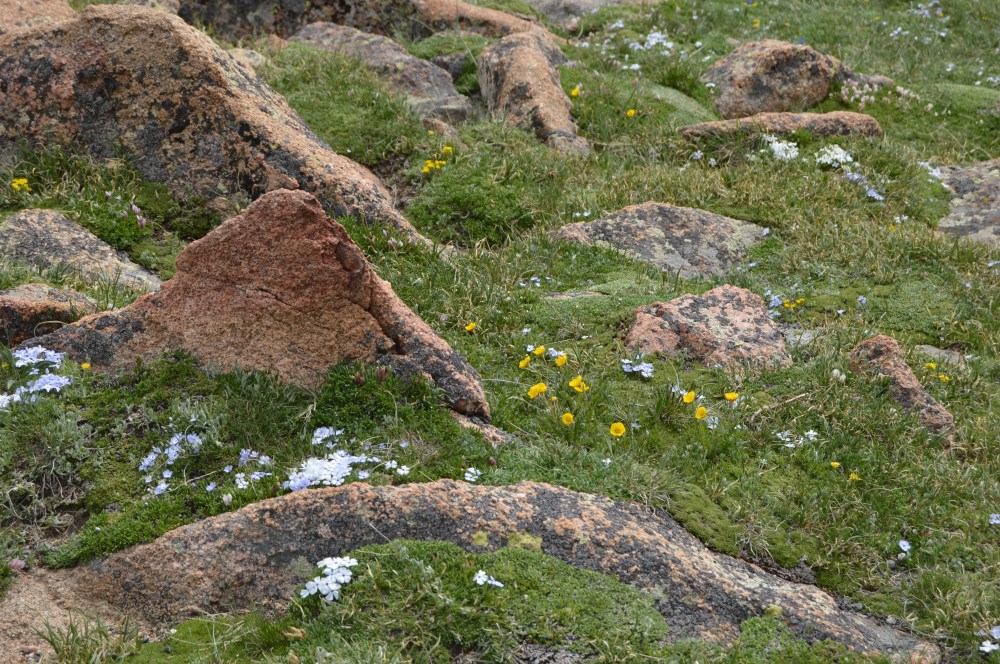
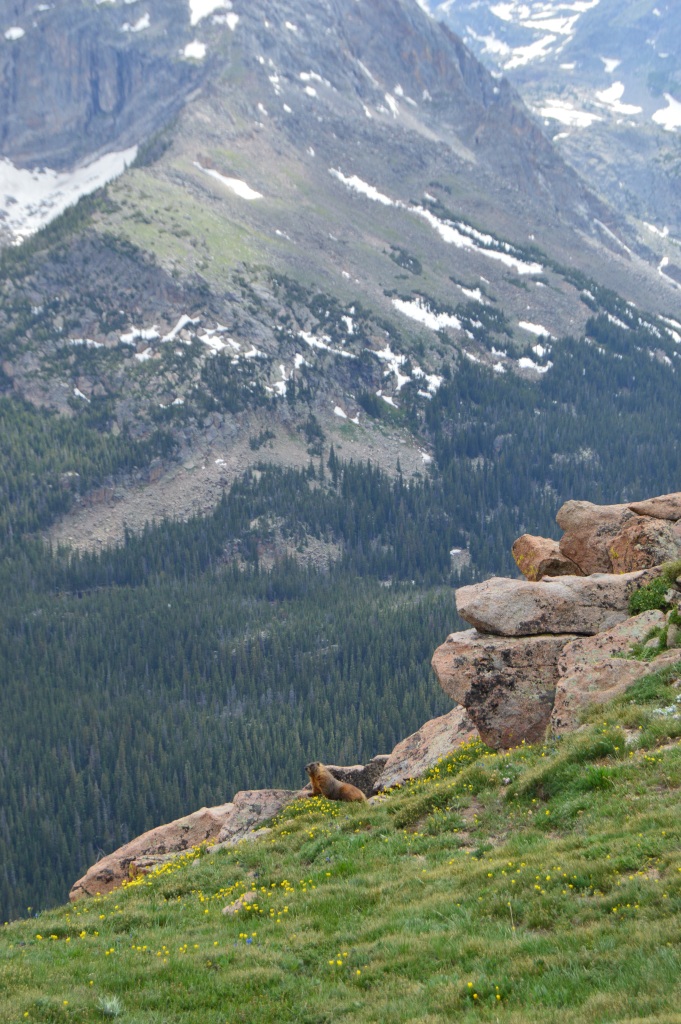
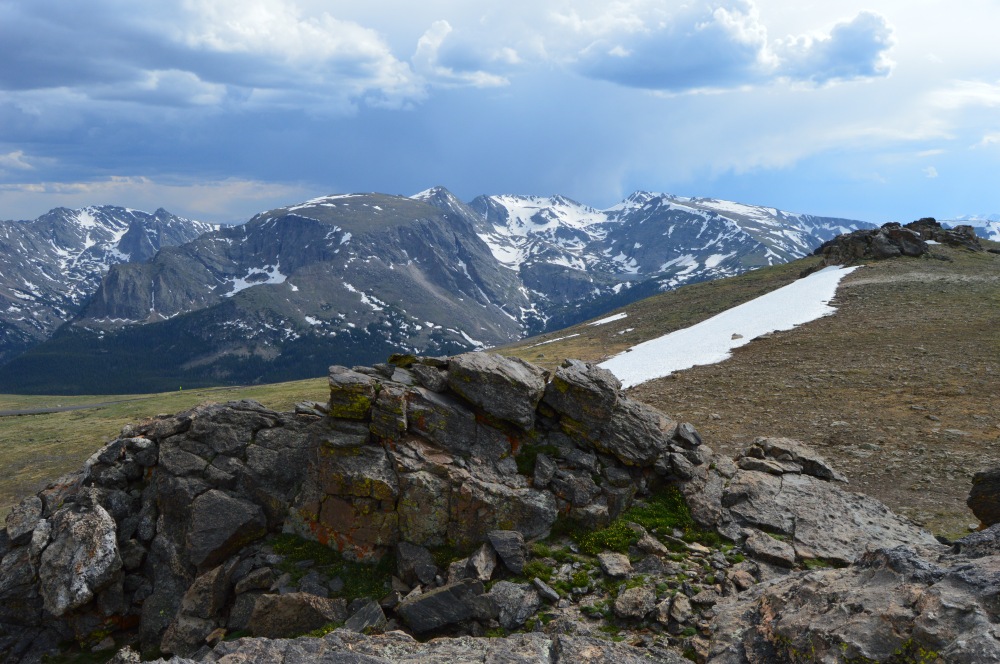
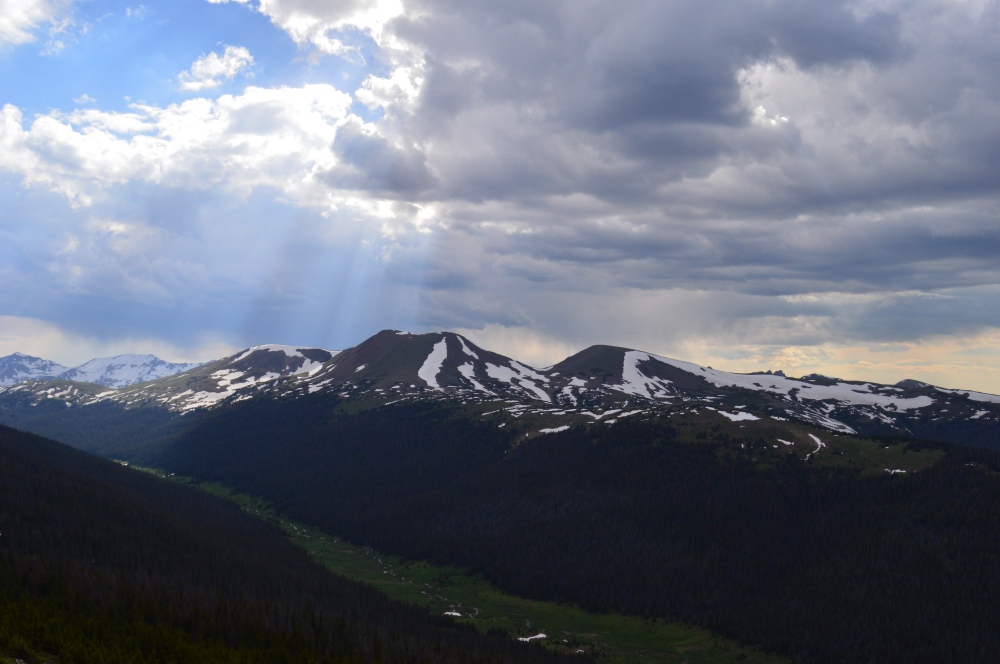
Oh,Shannon, you teach me so much! I have to read your blogs with notepaper so I can keep up with your references. I remember how you were so patient with the chipmunk in Maine when you were so young. Even an old Mainer told your Dad, “I have never seen a chipmunk come up to a
person like that!”.
BTW–have you checked out on line for tricks for dogs? Not just, “stay” or “leave it” but “hide and seek” and stacking rings on a peg, etc. Many of them Valley would be able to do, willingly.
LikeLike
Great! I tried to make it very educational. Valley knows a lot of words now, including inside, outside, get [insert the name of any of her toys], bring it, and many others.
LikeLike
Tourists who feed and wildlife and disrespect the environment make me mad too!!! I saw this many times when I toured some of the National Parks over 20 years ago, amd when I lived in Alaska. It’s all about education, and maybe we should make people learn amd study to get their ‘ passport to the Wild’ , just like when you visit another country. Experiencing our beautiful world should be seen as a privilege, not a right! Maybe then, people would pay more respect?
PS…I wanna come back as a yellow belly Marmot….sounds a good life!
LikeLike